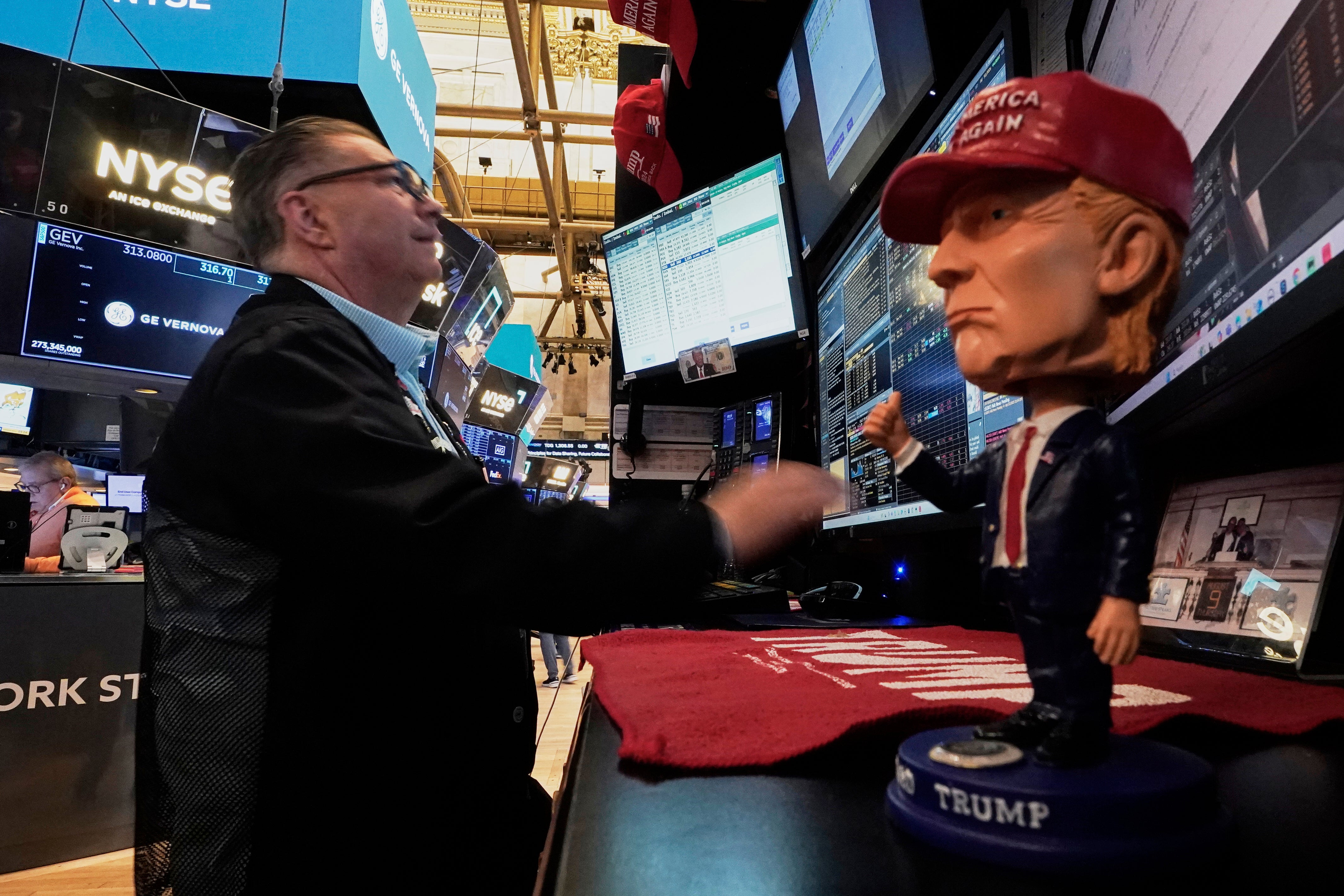The Dow Jones Industrial Average is set to have its worst April since 1932 after losing almost 1,000 points on Monday, Dow Jones Market Data shows.
Similarly, the S&P 500 has had its worst performance since inauguration day for any new president dating to 1928, Bespoke Investment Group has found.
Concerns about President Donald Trump’s trade policies and the possibility that he may remove Federal Reserve Chair Jerome Powell have prompted investors to expect bigger losses in the near future. There are few who believe that the White House’s negotiations with trade partners will resolve any issues quickly enough to reduce the tension, according to The Wall Street Journal.
Following Trump’s election win, U.S. stock indexes rose as investors hoped for tax cuts and deregulation. But the president instead prioritized tariffs, which are likely to lead to rising prices and stagnating economic growth, have sent it tumbling in recent weeks.
While the Dow was heading for its worst April in nearly 90 years on Monday, it was back up Tuesday as it continues to bounce wildly under the Trump administration. The Dow was up nearly 700 points by midday, while S&P 500 and NASDAQ exchange were each up at least 1 percent.
“Lots of uncertainty, not lots of answers, kind of a frustrating environment today for investors,” Jed Ellerbroek, portfolio manager at Argent Capital Management told CNBC. “The one feeling that I feel like I can identify is the longer we remain in this limbo, the worse it gets for the economy.”

Many investors initially dismissed Trump’s tariff threats as bluster and a negotiation tactic before the president announced his “Liberation Day” levies on April 2, which prompted a steep downturn in the markets.
They still haven’t recovered even after Trump backtracked and paused many of the tariffs he had imposed.
Bond prices tend to go up when stocks fall, offering investors a safe haven. However, that hasn’t happened this time around.
“It’s the hallmark of the ‘no confidence’ trade,” Scott Ladner, chief investment officer at Horizon Investments, told the Journal.
Worries about the state of the economy and about Trump’s fight with the Federal Reserve are affecting the U.S. dollar, with the ICE U.S. dollar index, which measures the dollar against a number of other currencies, going down more than 1 percent on Monday, reaching its lowest level in three years.
As a result, investors have turned to gold, with future prices for the metal hitting an all-time high on Monday. Concerns about the trade war and its effect on the economy as a whole mean investors are expecting further chaos.
A survey from the American Association of Individual Investors found that expectations among everyday investors that stock prices will go down have been just above 50 percent for eight weeks straight. The investor group said it’s the longest bear majority since record-keeping began in 1987.
.jpeg?width=1200&height=800&crop=1200:800)



